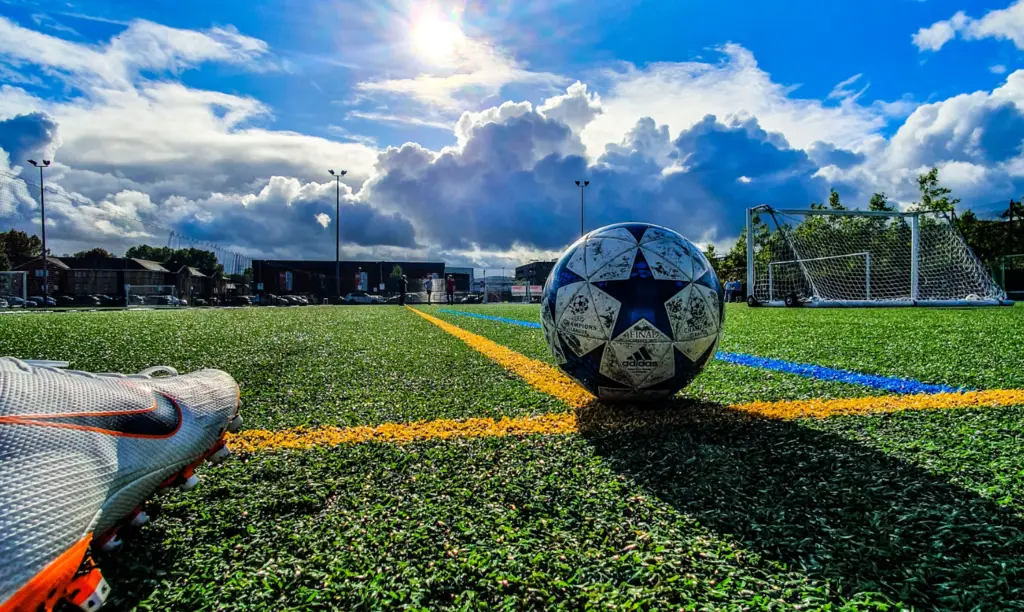The Birth and Early Development of Synthetic Grass
The journey of synthetic grass began in the 1960s when chemists sought an alternative to natural grass that could endure heavy use and varying weather conditions. Their efforts led to the creation of the first viable synthetic grass product, a breakthrough that marked the inception of what we now recognize as artificial turf. This innovation aimed to provide a consistent playing surface irrespective of climate or usage, thereby revolutionizing fields that required such resilience.
The pivotal moment for synthetic grass came in 1966 with its first major installation in the Houston Astrodome. This installation garnered significant attention and popularized the term ‘AstroTurf,’ derived from the venue’s name. The success of the Astrodome project catalyzed a wave of interest in synthetic grass for various applications, particularly in sports fields. Athletic organizations appreciated the durability and low maintenance of the product, which starkly contrasted with the upkeep demands of natural grass.
However, the initial reception of synthetic grass was a mixed bag. While its durability was widely praised, early versions of artificial turf had significant technical limitations and aesthetic shortcomings. For instance, the first-generation synthetic grass was often criticized for its abrasive texture, which sometimes resulted in injuries to athletes. Additionally, the visual appeal of early synthetic grass installations left much to be desired; the material looked and felt artificial, failing to convincingly mimic the lush, green appearance of natural grass.
Despite these initial setbacks, the concept of artificial turf installation gained momentum. The robustness and practicality of synthetic grass made it an attractive option for venues that required high-performance surfaces. In turn, this spurred ongoing research and development, driving improvements in both the aesthetics and functionality of synthetic grass. Over time, the role of the synthetic grass installer became increasingly crucial, as expertise in installation techniques evolved alongside advancements in the product itself.
Technological Advancements and Expanding Applications
Over the decades, synthetic grass has seen significant technological advancements, transforming it from a rudimentary alternative to natural grass into a sophisticated, high-performing surface. Early iterations of synthetic grass were primarily composed of nylon, which, while durable, lacked the softness and visual appeal of real grass. The introduction of new materials like polyethylene and polypropylene marked a pivotal evolution in the industry. These materials not only enhanced the aesthetic quality of artificial turf but also improved its texture, making it more comfortable and safer for various uses.
The development of polyethylene and polypropylene fibers allowed synthetic grass to mimic the look and feel of natural grass more closely. This advancement made artificial turf a popular choice not only for sports fields but also for residential lawns, commercial properties, and recreational areas. Enhanced durability and safety features, such as better UV resistance and reduced abrasiveness, have broadened its appeal. Innovations in infill systems, which provide cushioning and stability, and improved drainage solutions have further contributed to the growing popularity of artificial turf installation.
Companies like All Valley Turf have played a significant role in these advancements. As a BBB accredited turf and paver install company, they have been at the forefront of integrating these technological improvements into their products and services. Their commitment to quality and innovation has helped set industry standards and expand the applications of synthetic grass.
Today, artificial turf is utilized in a wide range of settings beyond traditional sports fields. Residential homeowners appreciate the low maintenance and year-round greenery that synthetic grass offers. Commercial properties benefit from its durability and aesthetic appeal, which can enhance curb appeal and reduce landscaping costs. Recreational areas, including playgrounds and parks, also leverage the safety and low-maintenance advantages of artificial turf. As technology continues to advance, the applications for synthetic grass will likely expand even further, driven by ongoing innovations and the expertise of leading companies.
Modern Synthetic Grass: Benefits and Installation Techniques
In recent years, synthetic grass has gained significant popularity, thanks to its numerous benefits and the advancements in installation techniques. One of the primary advantages of modern synthetic grass is its environmental impact. Artificial turf significantly reduces water usage, a crucial factor in regions facing water scarcity. Unlike natural grass, synthetic alternatives do not require irrigation, conserving thousands of gallons of water annually.
Moreover, synthetic grass eliminates the need for pesticides and fertilizers, which can have harmful effects on the environment. By opting for artificial turf, homeowners and organizations contribute to reducing chemical runoff into waterways, promoting a healthier ecosystem. Additionally, the low maintenance requirements of synthetic grass translate to cost savings over time. There is no need for mowing, weeding, or re-seeding, allowing property owners to invest their time and resources elsewhere.
The installation of synthetic grass has evolved into a precise and professional process. All Valley Turf, a BBB accredited turf and paver install company, exemplifies the importance of quality and expertise in this field. Proper site preparation is critical to ensure the longevity and performance of artificial turf. This includes removing existing vegetation, leveling the ground, and installing a suitable sub-base to provide a solid foundation.
Using high-quality materials is essential for a successful artificial turf installation. All Valley Turf prioritizes premium products that offer durability, UV resistance, and a natural appearance. The expertise of synthetic grass installers plays a pivotal role in achieving a seamless and aesthetically pleasing result. Professional installers have the skills and experience to handle complex layouts, secure edges, and ensure proper drainage, which is vital for preventing water accumulation and maintaining turf integrity.
Customer satisfaction is a testament to the effectiveness and appeal of synthetic grass. From residential backyards to public parks, the demand for artificial turf is growing. Its versatility and adaptability make it suitable for various settings, providing a lush, green appearance year-round without the demands of traditional lawn care. As more people recognize the benefits and advancements in synthetic grass installation, the trend towards artificial turf continues to rise, offering a sustainable and cost-effective landscaping solution.


